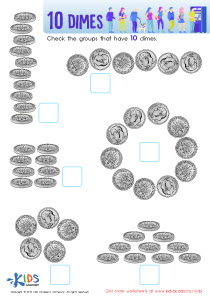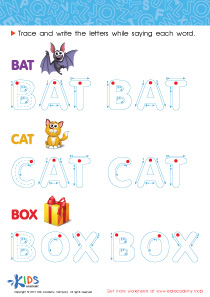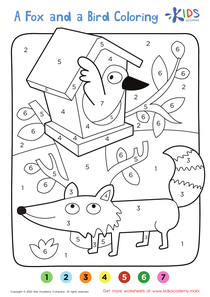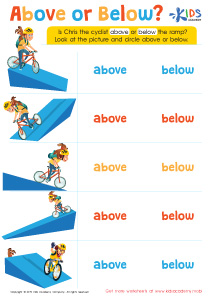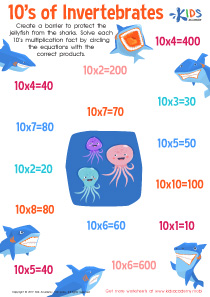Basic measurement comprehension Worksheets for Kids
1 filtered results
-
From - To
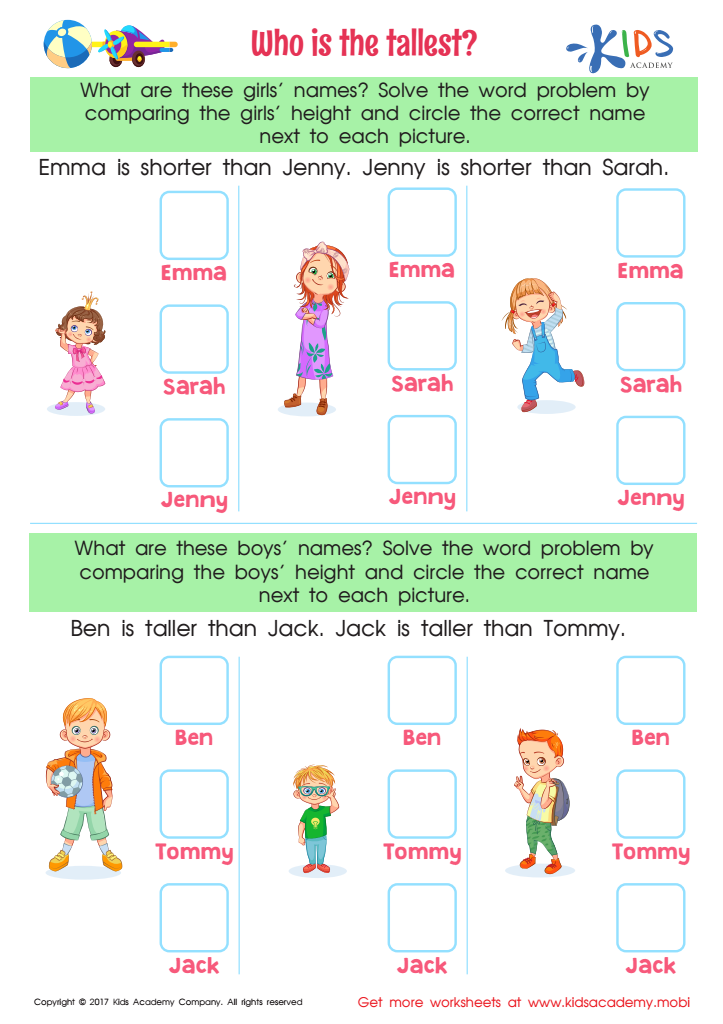

Who Tallest Printable
Question/Answer
How to test a Grade 1 student’s Basic measurement comprehension skills?
To test a Grade 1 student's basic measurement comprehension skills, provide hands-on activities with simple, everyday objects. Ask them to compare lengths, heights, and weights using direct comparison (e.g., "Which is longer? Which is heavier?") and simple tools like rulers or balance scales. Include tasks requiring them to sort objects by size and use basic measurement vocabulary.
What are some effective activities to train students’ Basic measurement comprehension skill when teaching them about Measurement?
Effective activities for training students in basic measurement comprehension include hands-on practice with rulers, measuring tapes, and scales for length, volume, and weight; interactive games that require estimating and comparing measurements; utilizing everyday objects for real-world measurement applications; incorporating measurement scavenger hunts; and engaging in cooking or baking activities that involve precise measurements of ingredients.
Why is the Basic measurement comprehension skill important for Grade 1 students?
Basic measurement comprehension is crucial for Grade 1 students as it lays the foundation for understanding the world quantitatively. It helps them grasp concepts of size, length, weight, and volume, fostering early mathematical skills. This knowledge is essential for everyday activities, enhances problem-solving abilities, and is foundational for mastering more complex math concepts in future grades.
 Assign to the classroom
Assign to the classroom


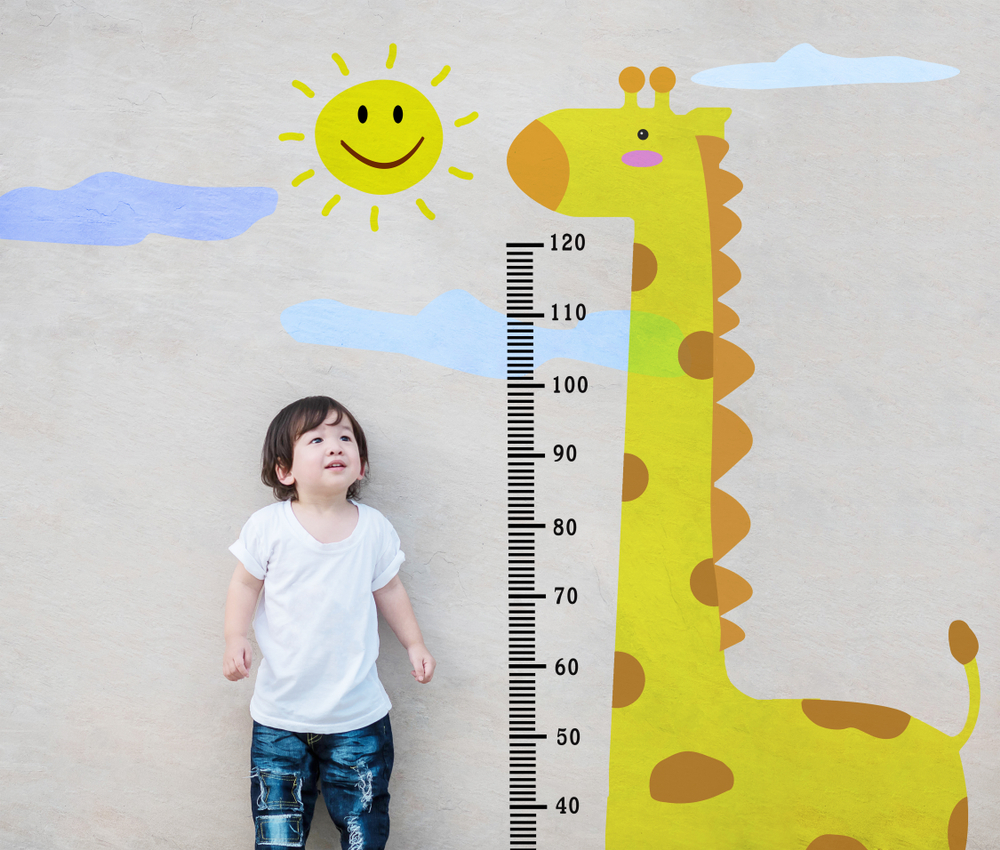

.jpg)
